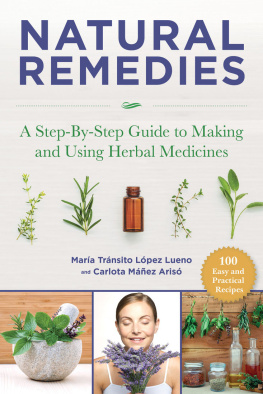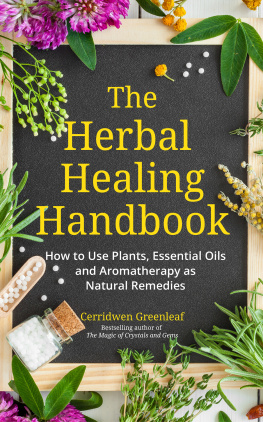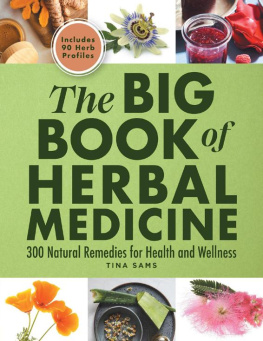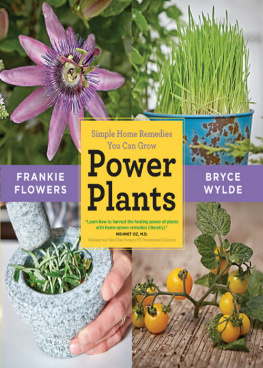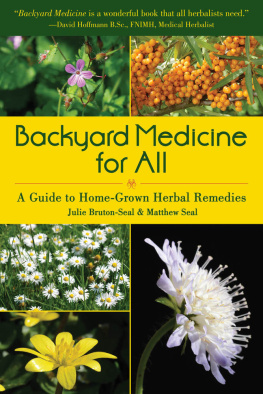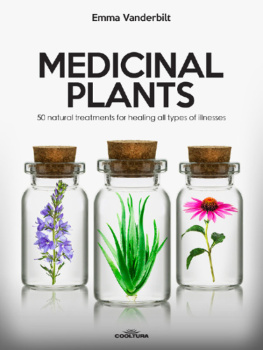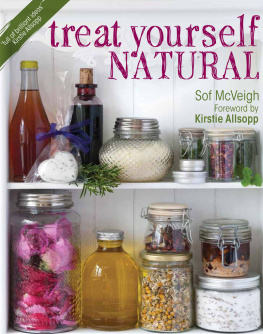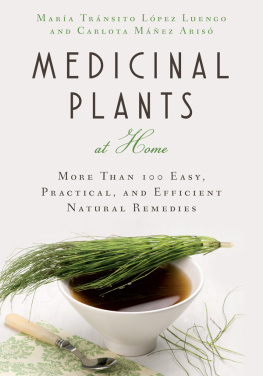
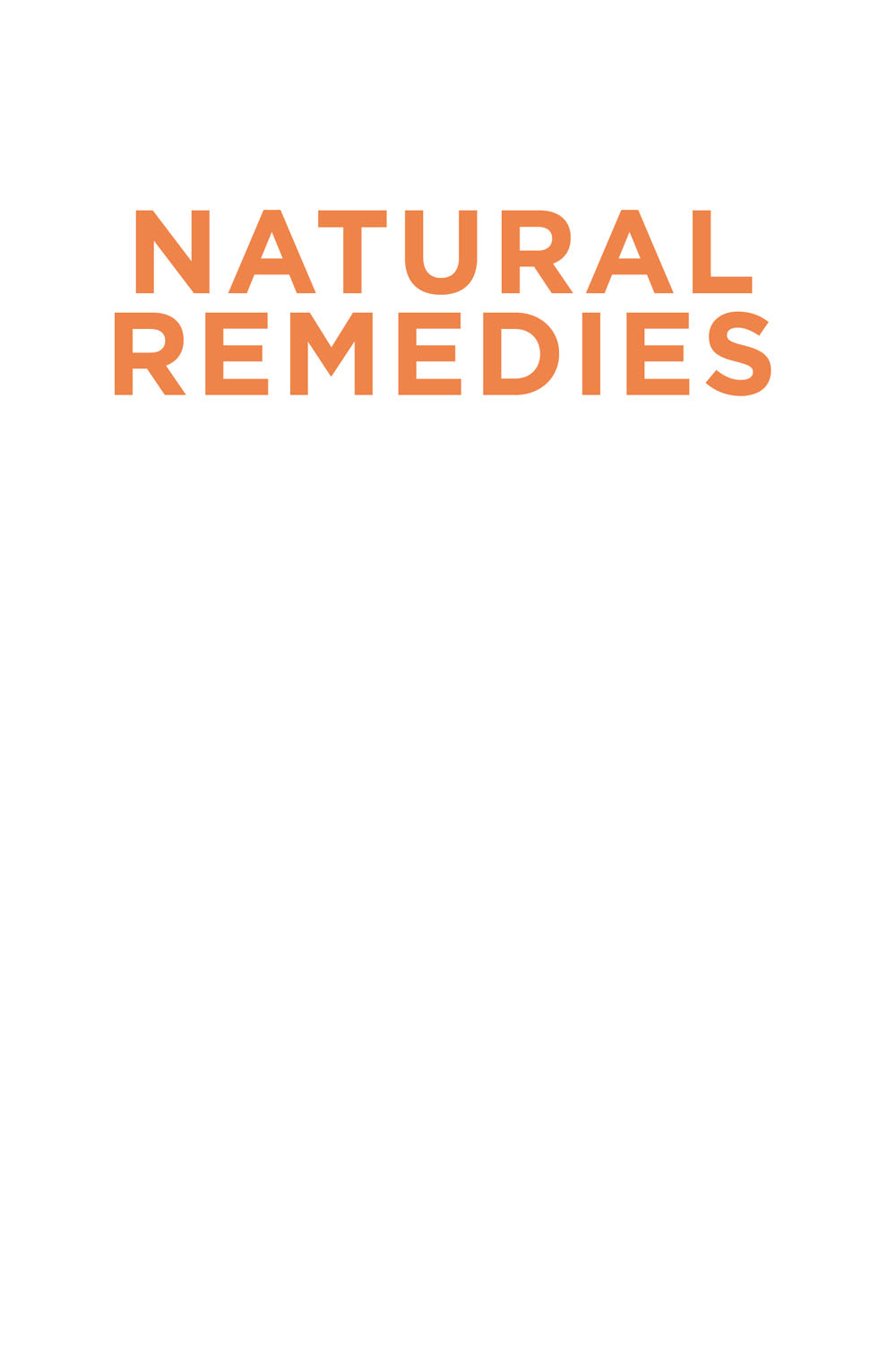

Copyright 2011 by Editorial Ocano, S.L. (Barcelona, Spain)
English translation copyright 2015, 2019 by Skyhorse Publishing
Originally published in 2011 as Plantas Medicinales en Casa by Ocano, S.L.
Previously published in the United States of America as Medicinal Plants at Home
All rights reserved. No part of this book may be reproduced in any manner without the express written consent of the publisher, except in the case of brief excerpts in critical reviews or articles. All inquiries should be addressed to Skyhorse Publishing, 307 West 36th Street, 11th Floor, New York, NY 10018.
Skyhorse Publishing books may be purchased in bulk at special discounts for sales promotion, corporate gifts, fund-raising, or educational purposes. Special editions can also be created to specifications. For details, contact the Special Sales Department, Skyhorse Publishing, 307 West 36th Street, 11th Floor, New York, NY 10018 or .
Skyhorse Publishing is an imprint of Skyhorse Publishing, Inc., a Delaware corporation.
Visit our website at www.skyhorsepublishing.com.
10 9 8 7 6 5 4 3 2 1
Library of Congress Cataloging-in-Publication Data is available on file.
Cover design by Daniel Brount
Print ISBN: 978-1-5107-5000-5
Ebook ISBN: 978-1-5107-5003-6
Printed in China

For those who know that the
secret to good health lies in
small but valuable practices.
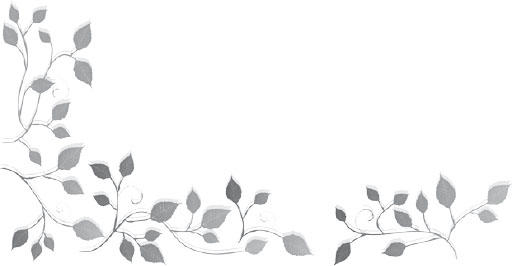
Contents
Introduction

U ntil recently, if you take into account the slow development of therapeutic treatments, plants have been the major source of cures against disease and human suffering. Historically, medicinal plants have been inextricably tied to the progress of medicine and the pharmaceutical profession. The discovery of the New World also led to the discovery of new therapeutic possibilities that made Spain the center of development for herbal medicine in the sixteenth century, which later spread to other European countries. However, the isolation of morphine from opium in the early nineteenth century led to the isolation of many other active ingredients, which set off the current and unstoppable development of synthetic chemistry and the continued devaluation of herbal medicine. This decline in the use of medicinal plants can be attributed, first of all, to the numerous synthetic drugs that were successful in eradicating various diseases for which medicinal plants were not effective. For example, sulfonamides, then antibiotics (which are also of plant origin), led us to change word break to be-lieve that we had managed to overcome disease, but new diseases, degenerative conditions, and disorders related to a sedentary lifestyle and increased life expectancy emerged.
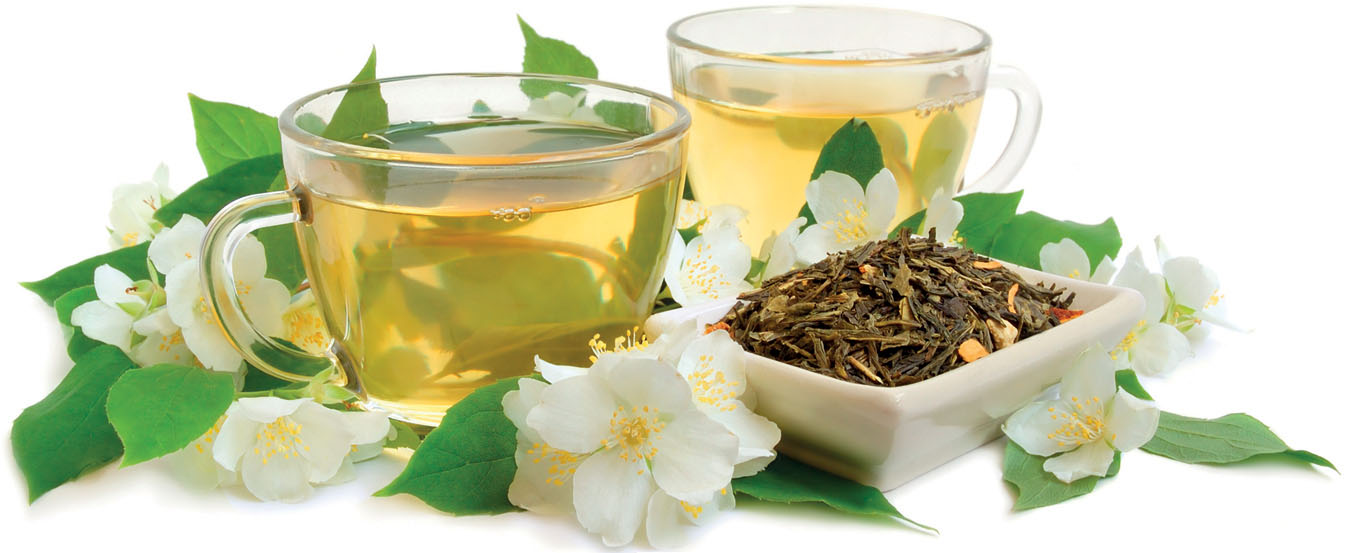
It was then that the side effects of synthetic drugs started to become known, and this awareness forced us into creating standards of safety and efficacy that are critical for any substance for which medicinal claims are made.
Our new economic organization has been one of the biggest barriers against using medicinal plants. The development of patents and trademarks is one of the main reasons natural medicines are not more widely used, because they are unpatentable, and herbal medicine in particular has often been relegated to developing countries that lack economic resources. Indeed, although herbal medicine is one of the oldest and most wide-spread practices, orthodox medicine has neglected it, and the use of herbs today is restricted to those who opt for alternative medicine, taking a holistic view of the body that aims to treat people, not illnesses, in a manner that is consistent with natural laws. In comparison to using drugs that only relieve symptoms and often have side effects, herbal medicine promotes using medicinal plants to help recover our overall health and maintain it.
Plants for health and wellness
F ortunately, nowadays, it seems that we are witnessing a resurgence of natural therapies, and we can even say that the pharmaceutical market for medicinal plant products is booming again after a long period in which it was overshadowed by synthetic drugs and biotech. Among other factors, this resurgence is due to the growing interest in natural products, wider knowledge of the pharmacological properties of plants, and greater safety concerns regarding many synthetic drugs. Indeed, since the seventies, there has been a growing interest in herbal medicine at a grassroots level as well as in research labs. One factor that has led to this renewed appeal of medicinal plants is the belief that everything natural is good. However, this belief is misleading; just because a product is touted as being natural, it is not necessarily going to have better quality or safety. Oftentimes people believe that the benefits of herbal medicine far outweigh the artificiality of synthetic drugs, but this is choosing to ignore the fact that there are many toxic plants and that most drugs used in conventional medicine have active ingredients that derive from plants.
On the other hand, interest in medicinal plants does not exist only at the grassroots level. There are other factors in the scientific field that are pushing for herbal medicine to become again a branch of therapeutics. Both scientific development, which allows us to better understand their pharmacological properties, and the current ability to prepare dosage forms with active ingredients, which enable a consistent preparation ensuring guarantees of quality, efficacy, and safety, play a decisive role in the reassessment of medicinal plant based products. Health professionals, doctors, and pharmacists have also become more aware of less aggressive medications, such as herbal medicine, which has slower reaction times and fewer side effects, which in most cases are mild and temporary.
In recent years, as a result of this resurgence of medicinal plants as effective and safe therapeutic alternatives, the market for products derived from plants is seeing a major upward trend, not only in our country but also in other countries within the European Community. Specifically, in 2006, there were a total of 1,110 different products with medicinal plants registered in the database of the General Council of Official Colleges of Pharmacists. Of these, products with plant laxatives are the most abundant in pharmacies. Often this group includes anti-obesity preparations that are used in weight loss treatments. Secondly, they include plants for treating insomnia and other symptoms associated with anxiety. The top-selling third group is made up of digestive plants, including carminative, antispasmodic, and stimulating species that help intestinal digestion. This group usually includes phytotherapeutic products that stimulate the production of bile, which are used to improve symptoms of biliary dyspepsia. Finally, there are herbal preparations for cardiovascular health, especially those that have anti-hypertensive and venotonic effects.
Next page
